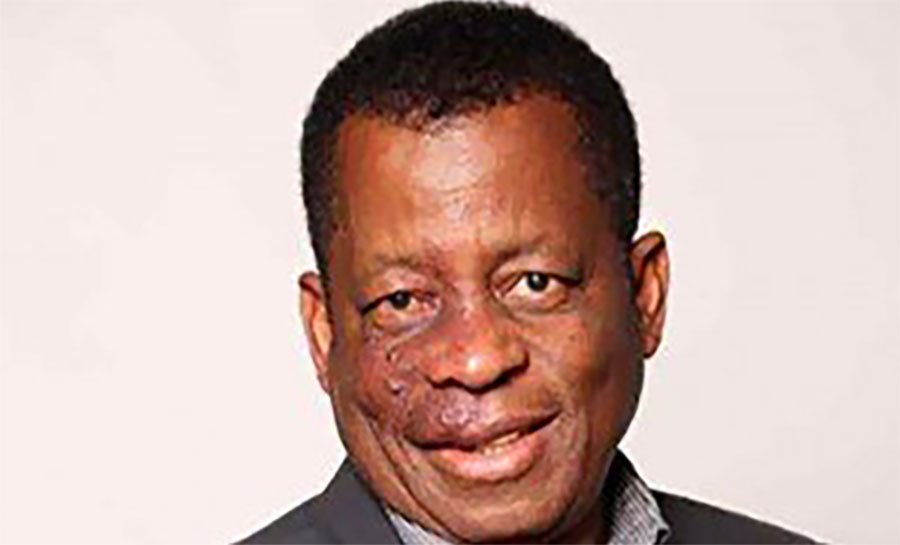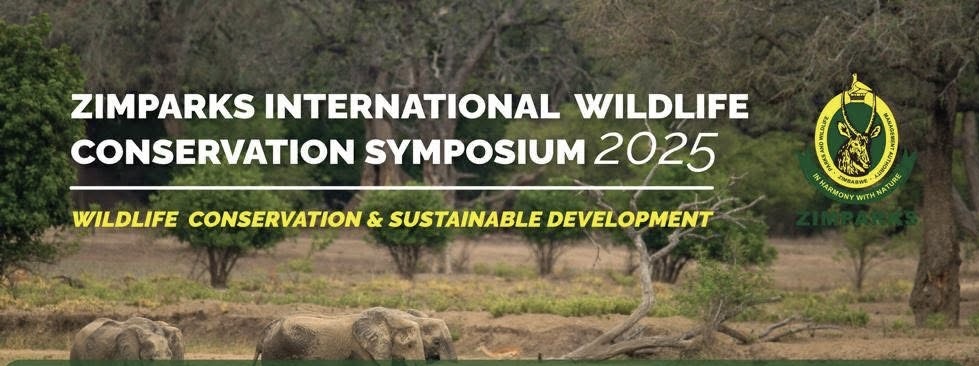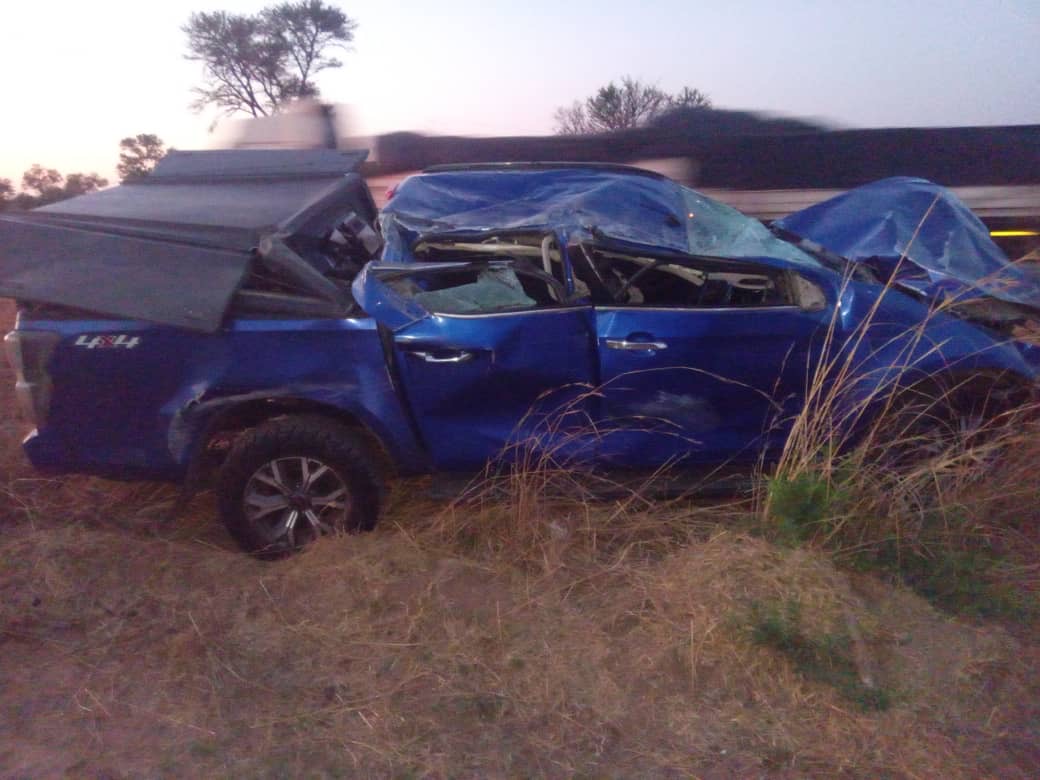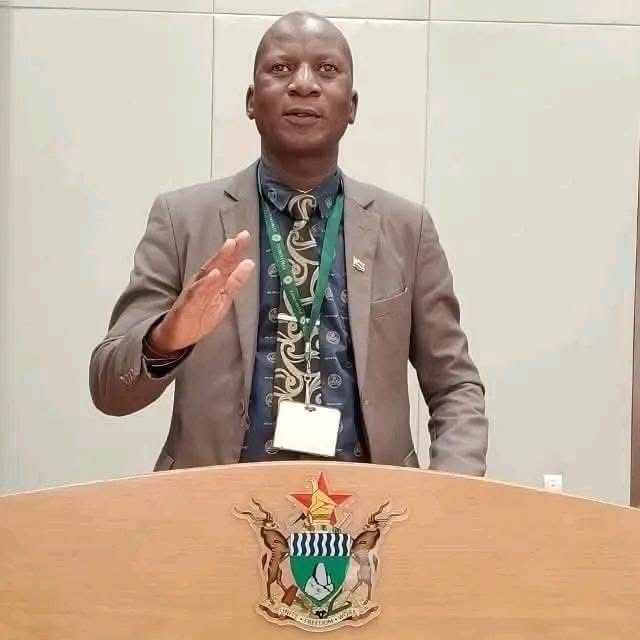HWANGE – A new cooling tower, cranes swinging above builders, and two giant boiler drums hoisted high above the construction site.
These are parts of one of the crown jewels of Zimbabwe’s infrastructure projects, Hwange power station’s US$1.48 billion expansion.
The 600MW project is the Zimbabwe government’s biggest coal-fired power investment in almost four decades.
But now, it may well be the last.
Some 26 billion tonnes of coal lie under Zimbabwe’s earth, enough to last 834 years. As world powers drag funders away from coal, much of this could now go to waste, and the country must find a new plan to solve its energy crisis.
The Hwange plant will include a flue gas desulfurisation unit, which cuts emissions and meets World Bank standards.
However, even if this technology is used on future coal mines, raising money for large projects will become harder.
“We always knew we would one day get to a point where coal would be banned,” says Sydney Gata, the executive chairman of Zesa Holdings, speaking at the plant.
A global campaign against “dirty coal” has closed the taps on new investment in the fossil fuel. Chinese banks – led by Industrial and Commercial Bank of China (ICBC), Bank of China and China Construction Bank and Agricultural Bank of China – have dominated coal funding, putting US$70 billion into coal between 2016 and 2019.
They too will no longer support coal, Chinese President Xi Jinping announced in September.
Quick impact on Zimbabwe
With that money now gone, the impact of China’s decision to ditch coal has been immediate on Zimbabwe.
Government had lined up Chinese funding to restore 100MW at the Munyati power station in the Midlands. This is now off the table, Gata says.
There are also questions over whether India, which is willing to fund the refurbishment of the Bulawayo plant, will still go ahead.
China’s biggest funder of coal, ICBC, has dropped RioZim’s 2,800MW Sengwa coal.
The US$3 billion project would have been Zimbabwe’s biggest ever energy investment.
Sengwa alone has proven coal reserves of 1.3 billion tonnes, enough to support a 10,000MW plant
Separately, private company Titan had also lined up Chinese funding for a 600MW thermal plant in Hwange.
“They (Titan) approached us and told us ‘we can’t do this anymore’. Their bankers said ‘our government doesn’t allow us to fund this kind of project any longer’. Can you imagine where we will be going if we didn’t have this,” Gata says.
Zimbabwe is not alone. Botswana depends on coal more than any other country in the world. In South Africa, the government and banks say they are not yet ready to let go of coal.
“It is a sad story for countries in Southern Africa,” says Gata.
What to do?
So, what is to be done?
Solar energy? Not a quick option, Gata says.
“Renewables are not an immediate plan B for Zimbabwe. There is a limit to which you can deploy renewables,” says Gata.
“Storage is expensive, and the technology is alien to Zimbabwe.”
Wind energy? Not a great alternative either, says Gata.
“Eskom has 800MW of wind energy. When the eastern winds suddenly drop, it has a huge issue.”
What’s the best plan, then? Zimbabwe must look to the Zambezi catchment area, he believes.
There, the flow of the Zambezi through a series of gorges can act as “a natural battery” that can store energy for the region.
“All in all, we can generate 14,500MW from the 10 gorges on the Kafue-Zambezi catchment complex,” Gata says.
Batoka will not work as a standalone project, he says.
By developing projects on the river as a combined system, “you can harvest more than a 1000MW benefit without any additional investment”.
The complex would work as a large store of energy for Zimbabwe, Zambia and Mozambique.
“We are going to pioneer a complex of hydro-stations, which will serve our countries for a long time to come,” says Gata.
“We can store energy in that system by shutting down hydro turbines in the catchment portion of the complex, being Cabora Bassa, Mupata and Kariba, which have very significant storage.
“You can shut down Kariba during the day, use the sun, open the turbines at night.
“We call it energy banking. You can bank nearly 15000MW of renewables in that complex.”
IPPs?
What of local independent producers?
Many of them, he says, were “deformed at birth”.
The other independent producers trying to set up are being frustrated by a lack of government guarantees and economic risk.
“Banks will not come to the table. How can I lend in US dollars to buy equipment that is sold in US dollars to produce electricity that will be sold in local currency?”
Any other options? There’s a plan to turn city waste into energy in partnership with a South Korean company, focusing away from Zesa’s aged Harare thermal plant.
“It’s a project we are already developing for Harare, and we can extend it to Bulawayo, because it can be located in big cities which discharge a lot of municipal waste,” said Gata.
“But for Munyati, we will have to see how to deal with Munyati.”
Is this the end for coal mines? Not so fast.
When Hwange’s two new power units go up late next year, the station will need more coal. Four companies have shown interest in supplying 15,000 tonnes of coal per day; currently Hwange uses 5 000 tonnes daily.
Coking coal, used in steel manufacturing, will see even higher demand.
However, global pressure is forcing Zimbabwe to reluctantly consider a future without one of its most prized mineral assets.
And, with no funding for alternatives coming from rich nations, Zimbabwe has to find its own path, and fast. – newZwire

 Slider3 years ago
Slider3 years ago
 National4 years ago
National4 years ago
 Tourism and Environment4 years ago
Tourism and Environment4 years ago
 Opinion4 years ago
Opinion4 years ago
 Special reports4 years ago
Special reports4 years ago
 National4 years ago
National4 years ago
 National3 years ago
National3 years ago
 National3 years ago
National3 years ago




